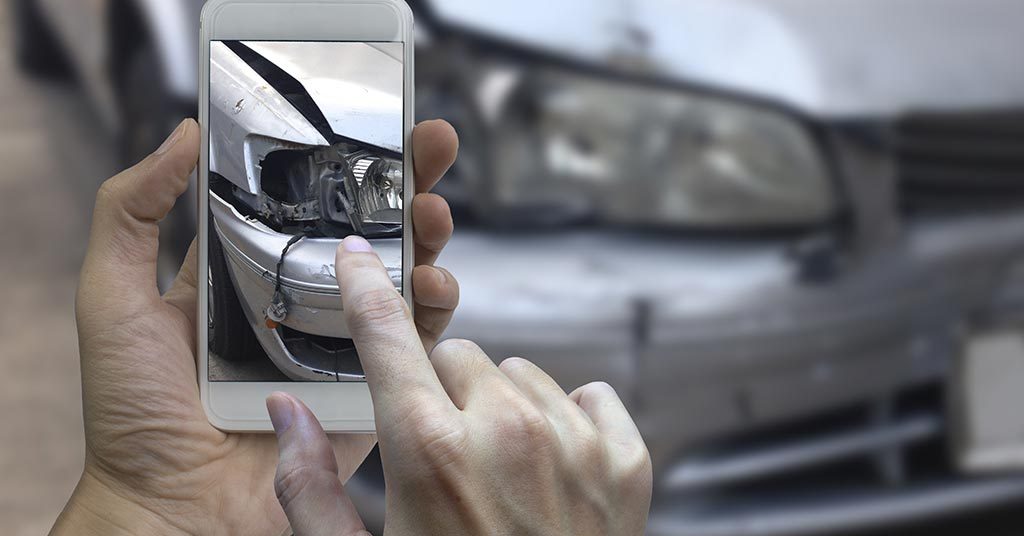Car crash photos can be used as evidence to help you support a claim against the Road Accident Fund (RAF). They’re also useful for supporting claims against an insurance company.
Properly taken photos may help prove that another driver was at fault, highlight the causes of the crash and provide other useful information that could support a claim.
What you can use to take the photos
You can use any device to take photos of a car accident and the surrounding scene. Just ensure the picture quality is good enough to show what you photograph clearly.
Smartphones are especially useful because they automatically store the time and date when each photo is taken – helping prove that the images are of what you say they’re of. Some modern digital cameras can do this too, but you’ll typically have to configure their settings ahead of time so that they add date and/or time stamps.
Take photos that will support a possible claim
You should focus on getting photos of the following:
- physical injuries
Of course, if you or others are seriously injured, securing proper medical attention must be your main priority. If and when possible, though, it’s a good idea to take photos of your own injuries as a record. Don’t try to photograph other people’s injuries, especially not without their express permission. - all people involved in the accident
This includes police and witnesses on the scene. These images could be useful for locating witnesses or securing testimony later. - all vehicles involved, and vehicle damage caused by the accident
Be sure to get the license plates and photograph any damage done, to both the interior and exterior of each vehicle. - road conditions
Take close-ups of any skid marks, debris or poor conditions that could have contributed to the crash. - drivers’ licenses and insurance cards
Ideally, the other drivers will be willing to let you take photos of their identifying information. - damage done to the surroundings
If a traffic sign was knocked over or a boundary wall was hit, take a photo. - weather conditions
If there’s low visibility or it’s raining, this could have contributed to the accident and may influence the outcome of a claim. - traffic lights and signs
If a stop sign was obscured from view by a bush, for example, it could be valuable to have that on record.
Take photos from different distances
If you have limited storage space on the device you’re using, try to get good photos of the things listed above. If space isn’t a consideration, it’s a good idea to take all photos twice, once with flash and once without.
Also, take photos from different angles and distances, combining close-ups, shots at medium distances and panoramic views. This makes it possible to show details, as well as the relative positions of objects and the spaces between them.
Don’t post your photos on social media
While it may be tempting to post photos you take on social media, it’s better to avoid sharing car accident photos. These photos and other comments related to your car accident could be used as evidence and might negatively influence the outcome of a claim you have.
What would be the Best Photos to take at the Scene of a Road Crash? https://t.co/gKb7LzAkUM @StanfromIBF pic.twitter.com/J94y0BuXp4
— Arrive Alive (@_ArriveAlive) July 20, 2016
